This special report provides the public with a picture of the British Columbia government’s progress in planning and implementation for biodiversity in provincial forests since the Forest Practices Code (the Code) came into effect in 1995.
Biological diversity or ‘biodiversity’ is a concept that has become a key issue in the management of British Columbia’s forests in the last two decades. Internationally, Canada has made commitments to conserve biodiversity under the United Nations Convention on Biological Diversity. Conservation of biodiversity on British Columbia’s forested landbase occurs at several levels. At the highest level, the Crown forest landbase is divided into protected areas, inoperable forest, areas where timber harvesting is constrained, such as riparian reserves, and the timber harvesting landbase. Protected areas alone are not enough to conserve biodiversity across the landscape, so the Forest Practices Code applied measures to conserve biodiversity to the remaining forest landbase.
British Columbia prides itself on its program of reforestation. The public expects that sustainable new forests will replace the approximately 5,000 cutblocks harvested each year. Timely establishment of new trees is necessary to meet public expectations for future timber supply, biodiversity and watershed recovery.
After logging an area, forest companies must create a “free-growing” new forest of appropriate tree species and the desired number of trees within a defined time period. Many cutblocks logged in the late 1980s and early 1990s should now be re-established with free-growing stands of new trees.
This report discusses the history of water quality objectives (WQOs) under the Forest Practices Code (the Code) and other legislation in BC and elsewhere, the usefulness of WQOs as an enforceable regulatory standard, and possible lessons for the future.
Understanding the role of WQOs in the regulatory regime is important, because it appears that BC forest practices legislation in the future may rely more heavily on WQOs and less on prescriptive rules to protect water from forestry and range impacts.
Marbled murrelets are small seabirds that live along the Pacific coast of North America. Unlike most other threatened species, MAMU are relatively abundant; perhaps 65,000 live along the coast of BC, another 18,000 along the Washington, Oregon and California coasts and some 500,000 in coastal Alaska.v Nevertheless, MAMU have been listed as threatened by the Committee on the Status of Endangered Wildlife in Canada (COSEWIC) since 1990.
Unlike many threatened species, MAMU are included because of population trend, not population size. Although trend data is very sparse, all anecdotal evidence, and most of the quantitative data, indicates declines in population over the past century.
Just as companies can appeal fines and government orders, the Forest Practices Board can appeal both government decisions and the failure to make decisions. The Board also has a unique right to request reviews of forest development plan (FDP) approvals under the Forest Practices Code where it is in the public interest to do so. In addition, the Board can become a party to appeals launched by others.
The Board’s role in reviews and appeals is different from the impartial role it plays in audits and complaint investigations. Here, the Board acts as an advocate for the public interest, asking the review panels and the independent Forest Appeals Commission (FAC) to make decisions that interpret the Code in ways that reflect sound forest practices. The Board monitors all decisions made by review panels around the province. In addition, it receives requests for reviews and appeals from members of the public.
